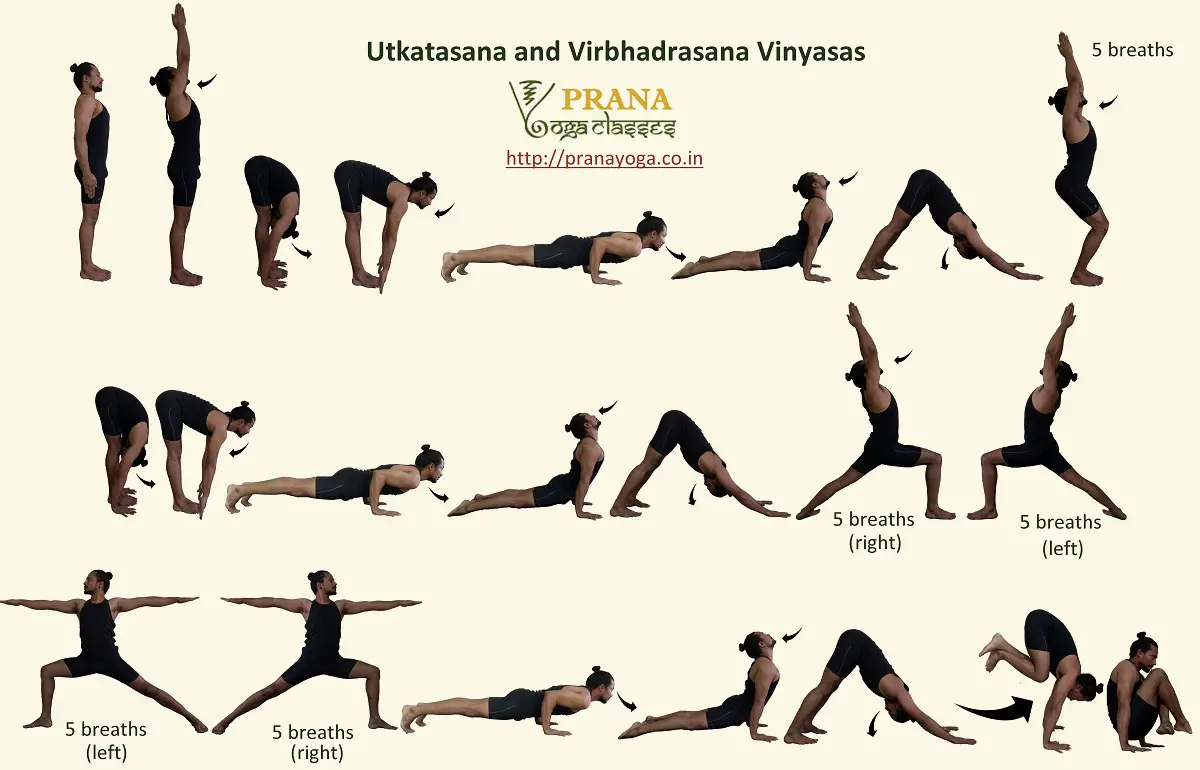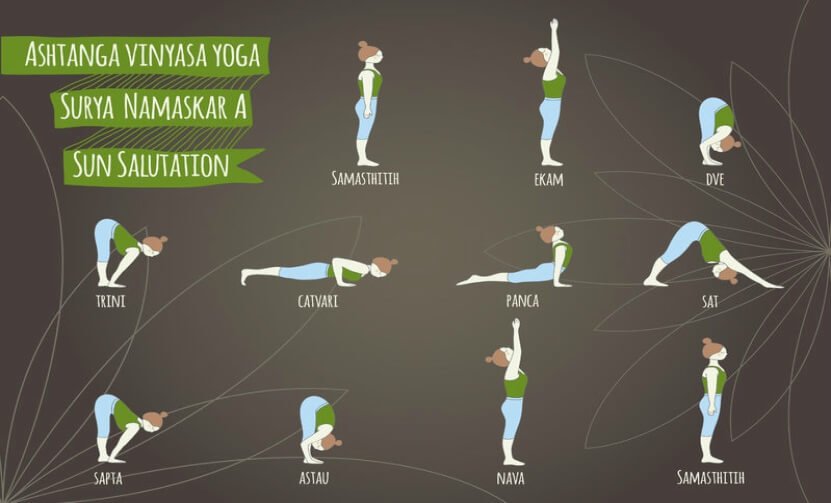

Remember that moving fast is not necessarily a mark of excellence. So instead of rushing from Downward Dog to Warrior 1, for example, you could really slow down that transition and allow yourself to observe every part of the movement and feel all the key muscles activating while staying connected to your breath. In some ways, we are cheating by moving too quickly between the poses, as we aren’t giving our muscles a chance to really integrate the movements we are making. But that doesn’t mean we can’t slow down certain sequence parts. We associate sun salutations with quicker-paced, fluid movements - and for the most part that’s what they are. Here are some awesome dance-inspired yoga moves to get you started.

Aim for anywhere between 70-120 BPM (beats per minute) depending on the vibe you’re going for. The tempo is entirely up to you, but try not to overwhelm yourself with something too fast. Observe how it lifts the energy in your body and creates even more unity with each asana. Explore fluid, repetitive movements between poses while moving in time with the beat. Is your yoga mat also your dance floor? Mine is! It’s where I include rhythmic movement and allow my body to express itself, which is a catalyst for healing and dealing with stress.

Add donkey kicks after your cat-cow sequence: find a 90-degree bend and pump the sole of your foot up to the ceiling for a few reps to engage the glutes and hamstrings.
Classical sun salutation sequence full#

But advanced students who have already mastered those movements would benefit from introducing new dimensions of movement to their flow. In sun salutations for beginners, this is not necessarily bad, as linear movements are more accessible and thus safer. But there’s not really any hip abduction (moving legs apart from the center line), spinal twists, or lateral spinal flexion (side bends) happening in the original Surya Namaskar series. There are forward folds, mild back bends, and lunges/warrior poses. If you are familiar with all three of the traditional sun salutations (A, B &C), you’ll have noticed they’re very linear in their direction of movement, with lots of flexion and extension of the hips and spine. Modifications will be available throughout the class for all levels. Ready to dive into Surya Namaskar more deeply? Come flow with us through 108 Sun Salutations in honour of the Fall Equinox, on Saturday, September 24th. Read on to explore the ways you can make sun salutations spicier so they feel like a complete practice on their own and keep things fresh for you. You get more of a full-body workout by recruiting different muscles in innovative flow sequences, and it also keeps things interesting! Changing up your sun salutations makes them more dynamic and reduces the chance of incurring repetitive strains. So why add spice to something that seems perfect as it is?Īs with any type of exercise or sport, our body is more susceptible to injury when we revisit the same kinds of movement patterns. Sun salutations offer many benefits, including improving cardiovascular functioning, inducing relaxation, battling fatigue, and lengthening and strengthening muscles. This is advantageous for people who don’t have much time to commit to a full yoga class but want something well-rounded that gets the heart pumping. While sun salutations A & B usually have their place at the beginning of a Hatha yoga sequence, they can also be done as a stand-alone practice. Traditionally, sun salutations are meant to be practiced daily at sunrise and sunset, but they can also be done at any time during the day. They warm up and prep the body for a more intense practice, developing agility and resilience. Sun salutations, or Surya Namaskar in Sanskrit, are an integral part of any yoga practice.


 0 kommentar(er)
0 kommentar(er)
